Ard Bit & Radboud Mens - Marking a Boundary with the Turning Point (2025)
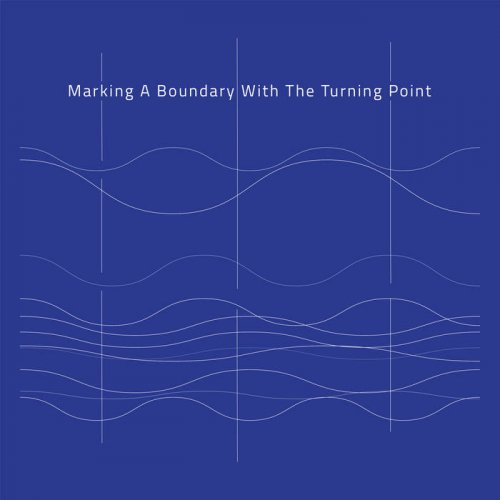
Artist: Ard Bit, Radboud Mens
Title: Marking a Boundary with the Turning Point
Year Of Release: 2025
Label: Shimmering Moods Records
Genre: Ambient
Quality: 16bit-44,1kHz FLAC
Total Time: 01:06:43
Total Size: 325 mb
WebSite: Album Preview
TracklistTitle: Marking a Boundary with the Turning Point
Year Of Release: 2025
Label: Shimmering Moods Records
Genre: Ambient
Quality: 16bit-44,1kHz FLAC
Total Time: 01:06:43
Total Size: 325 mb
WebSite: Album Preview
1. Projection (09:59)
2. Spirit Level I (11:08)
3. Orientation (06:17)
4. Displacement (05:09)
5. Perpendicular (03:05)
6. Spherical (11:12)
7. Rotation (04:36)
8. Tangent Plane (04:48)
9. Spirit Level II (10:29)
"Marking A Boundary With The Turning Point" release is now available on vinyl and can be ordered directly from Ard or Radboud:
ardbit.bandcamp.com/album/marking-a-boundary-with-the-turning-point
radboudmens.bandcamp.com/album/marking-a-boundary-with-the-turning-point
______________________________________________________________
This album is about the tension between the horizontal and vertical musical events. The horizontal create an illusion of immobility, but within this apparent silence the small acoustic events introduce an elusive dynamic. What one listener perceives as an inconspicuous sonic detail can consider another as the focal point of his auditory experience.
In the expansive realm of drone music, where sustained tones and atmospheric soundscapes reign supreme, one might overlook the significance of tiny acoustic events that subtly permeate the sonic tapestry. These minute occurrences, often brushed aside as mere nuances, play a pivotal role in shaping the enigmatic and immersive nature of the genre. Drone music, characterised by its prolonged and evolving tones, invites listeners into a contemplative journey where time seems to stretch and fold upon itself. Within this sonic expanse, the importance of small acoustic events lies in their ability to disrupt the seemingly static surface, injecting unpredictability and depth. These events can manifest as faint whispers, delicate fluctuations in resonance, or the subtle interplay of harmonics—barely audible yet profoundly transformative.
The ambiguity arises from the paradox of drone music, where stasis and movement coalesce in a delicate dance. The genre's foundation rests on extended tones, creating an illusion of immobility, yet within this apparent stillness, the tiny acoustic events introduce an elusive dynamism. They challenge the listener to discern between stillness and motion, blurring the lines between what is foreground and background, active and passive. Moreover, the ambiguity in the importance of these events lies in their subjective interpretation. What one listener perceives as an inconspicuous sonic detail, another may consider the focal point of their auditory experience. This ambiguity fosters a diverse range of listening experiences, making drone music a genre that invites individualised exploration and introspection.
In essence, the importance of tiny acoustic events in drone music lies in their capacity to enrich the sonic landscape with subtlety and nuance. They serve as catalysts for contemplation, challenging conventional notions of musical progression and narrative. As listeners delve into the ambient depths of drone, they may find themselves captivated by the beauty hidden within the minutiae, transcending the boundaries of conventional musical expression.
Making electronic music is a combination of sound design and composition; as a composer, you not only have to make the composition but first create and shape all the sounds (instruments) that you want to use in your composition. For this album we have used a lot of sounds that were created during the creation of sound installations and instruments. It is not complicated to make an instrument yourself, but after that you still have to learn how to play it. This learning process is not a search for virtuosity, but more a search for musical elements such as sound color and texture. The search in itself is musically interesting because during this process you are still open to all new possible timbres and textures. That is why we also recorded this process and also used those recordings in the music.
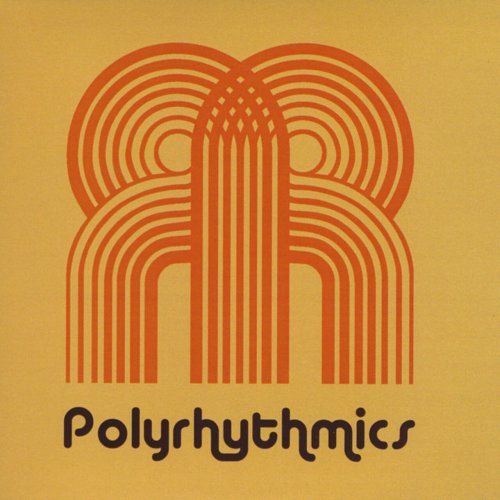

![Teho Teardo, Blixa Bargeld - Christian & Mauro (2024) [Hi-Res] Teho Teardo, Blixa Bargeld - Christian & Mauro (2024) [Hi-Res]](https://img.israbox.com/img/2025-12/21/bjlcx9vjtvjfc16apdpl5r09h.jpg)

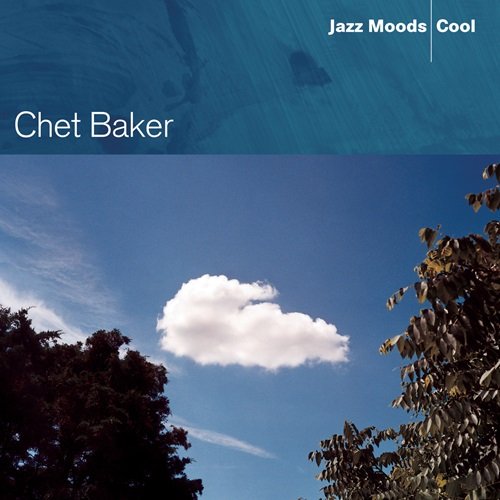
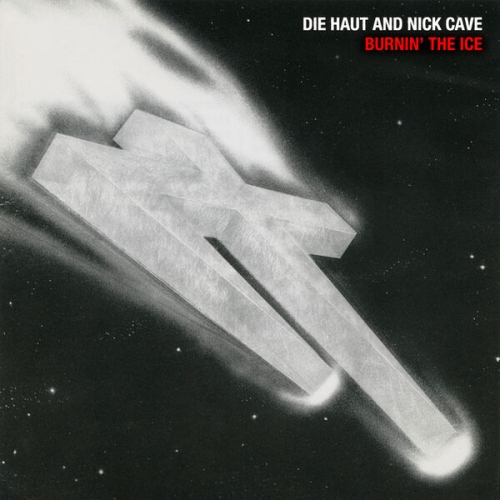

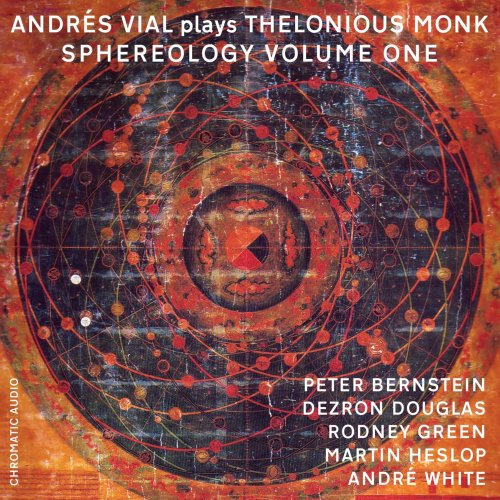
![Black Flower - Abyssinia Afterlife (2014) [Hi-Res] Black Flower - Abyssinia Afterlife (2014) [Hi-Res]](https://img.israbox.com/img/2025-12/21/anj3jk2va3pc3i9y3pv0m7zde.jpg)